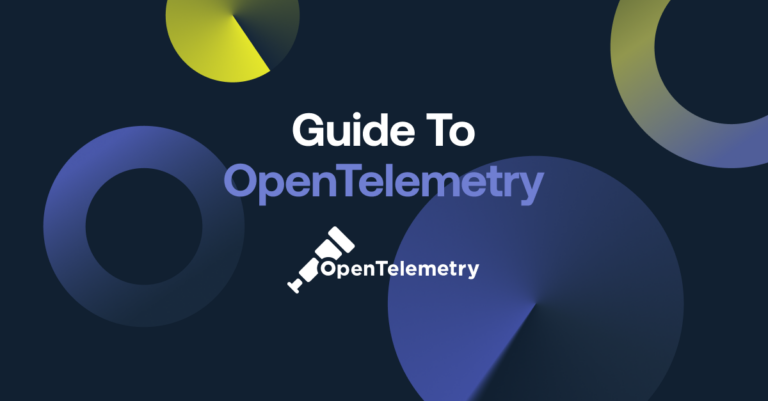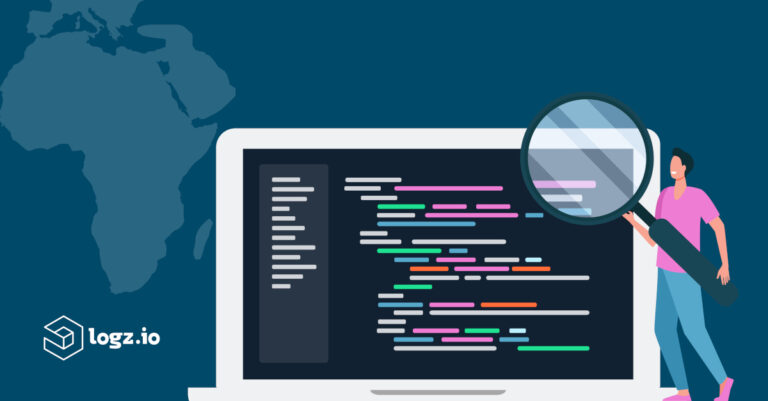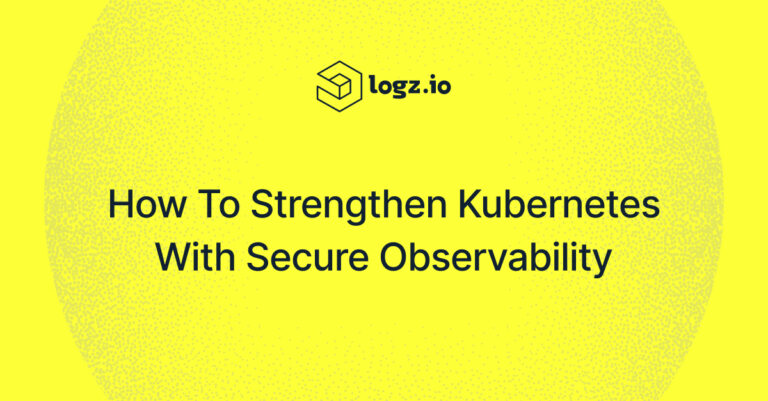
The Future of Observability: Navigating Challenges and Harnessing Opportunities
August 23, 2023

Observability solutions can easily and rapidly get complex — in terms of maintenance, time and budgetary constraints. But observability doesn’t have to be hard or expensive with the right solutions in place.
The future of your observability can be a bright one.
In a recent webinar, Logz.io’s Alex Hardy and Asaf Yigal, discussed key trends, challenges, and opportunities in the realm of observability, as well as a live demo of Logz.io’s Open 360™ platform for essential observability.
Here’s the TL;DR recap. You can also watch the full webinar replay here.
Mapping the Evolution of Observability
Recently, the 2023 Gartner® Magic Quadrant™ for Application Performance Monitoring and Observability was released, where Logz.io was named a Visionary for the second consecutive year.
The new Magic Quadrant spurred a conversation about the current observability landscape, and how it has evolved over the years. Alex and Asaf noted there’s been a shift from traditional APM to a broader focus on observability. This transition involves integrating AI-driven insights and security considerations as integral components.
Beyond monitoring performance metrics, observability encompasses understanding the underlying behavior of applications, infrastructure, and security aspects, providing a more holistic view for better decision-making.
Challenges in Kubernetes Environments
Alex and Asaf’s conversation then turned to challenges presented by the adoption of Kubernetes and microservices. As companies embrace these technologies for increased flexibility and scalability, they encounter complexities in managing and monitoring these environments effectively.
One key challenge is the complexity of Kubernetes environments. Various organizations adopt different deployment methods, such as on-premises, multi-cloud and serverless setups. The variations in Kubernetes setups make it challenging to maintain consistent observability practices across all environments. Moreover, navigating the layers of abstraction within Kubernetes can pose troubleshooting difficulties.
Collecting data from Kubernetes clusters efficiently is another challenge. While OpenTelemetry is used for data collection, the real challenge lies in correlating this data and unifying it into a comprehensive observability framework. Achieving this level of visibility is crucial for early issue detection and resolution so organizations can maintain optimal performance.
Unifying Infrastructure and Application Observability
The need to bridge the gap between infrastructure and application observability was also covered by Alex and Asaf. Many organizations use separate tools for different aspects of monitoring, leading to silos and slow troubleshooting processes. To address this, Logz.io advocates for a unified approach that consolidates infrastructure and application observability under one platform.
By providing a single platform that offers insights into both infrastructure and application components, teams can collaborate more effectively and reduce mean time to resolution (MTTR). You’ll facilitate better communication between development and operations teams, fostering a culture of shared responsibility for system performance and health.
Optimizing Observability for Cost Efficiency
Managing the volume of data generated in modern environments while maintaining cost efficiency is a common challenge. Organizations often struggle to determine which data is valuable and which contributes to noise. This data optimization challenge can lead to unnecessary costs and hinder effective decision-making.
Logz.io addresses this challenge by offering a tiered approach to data storage. By identifying and prioritizing valuable data, organizations can allocate resources more effectively, storing critical data in higher-cost tiers and less important data in lower-cost tiers. This approach ensures that organizations get the most value from their observability data while minimizing storage costs.
Navigating the Future of Observability
The webinar included a live demo showcasing Logz.io’s observability capabilities. A significant highlight was the ease of deploying telemetry collectors to Kubernetes clusters, enabling automatic data collection from various services and components. This centralized data collection streamlines observability efforts, providing insights into metrics, logs, and traces for quick issue resolution.
Additionally, the live demo showcased Logz.io’s ability to turn logs into actionable metrics. This transformation empowers organizations to extract valuable insights from logs, facilitating data-driven decision-making and optimizing resource allocation.
As organizations navigate the future of observability, Logz.io can help organizations reach their goals with simple, cost-effective solutions. We’re here to help businesses achieve better observability and drive performance, reliability and innovation in their software environments.
See how Logz.io Open 360 can help bring your observability practice into a new era and sign up for a free trial today.




